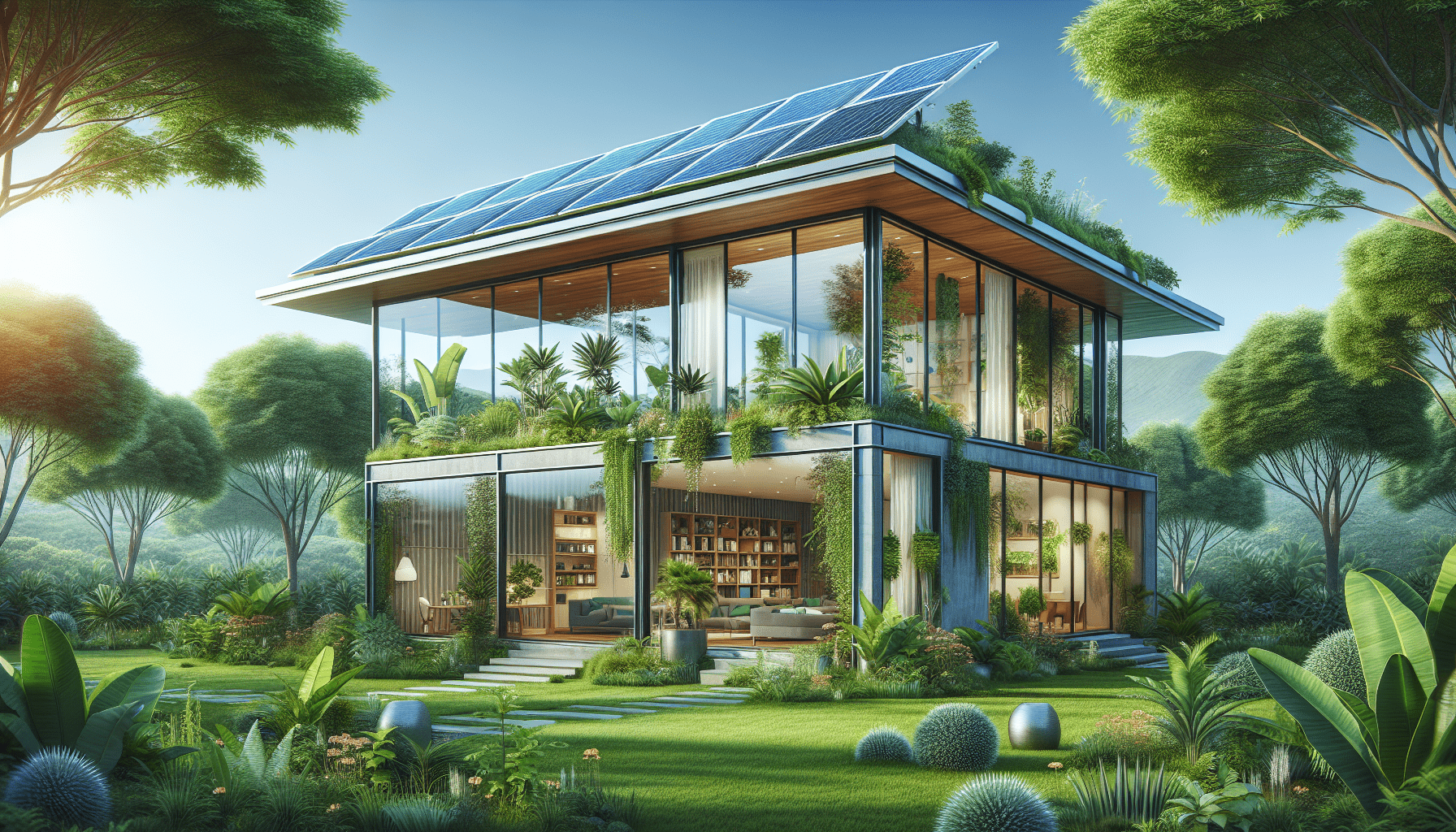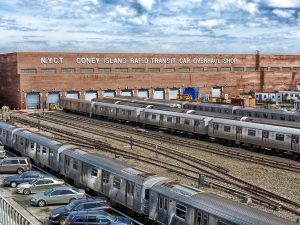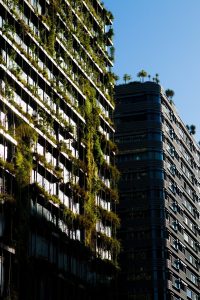Let’s dive into the fascinating intersection of sustainability and real estate. In “How Does Sustainable Architecture Impact Real Estate Values?”, we explore the ways eco-friendly building designs affect property prices, buyer demand, and market competitiveness. By prioritizing energy-efficient systems, sustainable materials, and green certifications, sustainable architecture not only addresses environmental concerns but also enhances the financial appeal of real estate investments. Join us as we uncover how these innovative practices create long-term value for property owners and shape the future of the housing market. How Does Sustainable Architecture Impact Real Estate Values?
Have you ever wondered how sustainable architecture impacts real estate values? As homeowners and investors, we constantly seek the best value for our money, and understanding this influence is crucial. Adopting sustainable practices in real estate is not just a passing trend—it’s fundamentally reshaping the market.
What Is Sustainable Architecture?
Sustainable architecture refers to designing, constructing, and operating buildings in ways that minimize their environmental impact. It involves using energy-efficient materials, reducing waste, and creating buildings that are energy-efficient, durable, and healthy for occupants.
Key Elements of Sustainable Architecture
Some hallmarks of sustainable architecture include:
- Energy Efficiency: Using insulation, energy-efficient windows, and systems to reduce energy consumption.
- Water Conservation: Incorporating low-flow fixtures, greywater systems, and rainwater harvesting.
- Materials Selection: Choosing renewable, recycled, or locally sourced building materials.
- Indoor Environmental Quality: Emphasizing natural light, ventilation, and non-toxic building materials to improve indoor air quality.
Examples of Sustainable Architecture
To visualize sustainable architecture, consider:
| Building Type | Sustainability Features |
|---|---|
| Residential Home | Solar panels, green roofs, energy-efficient appliances, and proper insulation |
| Commercial Building | LEED certification, energy-efficient HVAC systems, smart lighting controls, and rainwater collection |
| Skyscraper | Wind turbines, high-efficiency glass, and advanced waste recycling systems |
The Growing Demand for Sustainable Architecture
Our awareness of environmental issues has grown over the years, leading to an increased demand for sustainable architecture. This is driven by several factors, including climate change, rising energy costs, and government regulations.
Environmental Impact Awareness
We are becoming more conscious of our ecological footprint. The construction industry is a significant contributor to greenhouse gas emissions, and by adopting green building practices, we can significantly reduce this impact.
Economic Considerations
Sustainable buildings often have lower operating costs due to improved energy and water efficiency. This financial benefit is appealing to both property owners and tenants.
Government Regulations
Around the world, governments are enacting stricter building codes and offering incentives for sustainable construction. For instance, buildings might need to meet specific energy standards or gain certifications like LEED or BREEAM.
How Sustainable Architecture Increases Property Values
Sustainable architecture has a direct impact on property values in several ways. Here, we break down the factors that contribute to this effect.
Reduced Operating Costs
Energy-efficient homes and buildings reduce monthly utility costs, making them more attractive to buyers and tenants. Lower utility bills are a compelling selling point.
Enhanced Marketability
Green buildings often have increased market appeal. Potential buyers and tenants are willing to pay a premium for the benefits of living in a sustainable environment.
Resilience and Durability
Buildings designed with sustainability in mind tend to be more resilient to natural disasters and climate-related issues. This can translate to lower insurance premiums and maintenance costs.
Health and Wellness
Improved indoor air quality and the use of non-toxic materials contribute to better health and wellness for occupants, creating a more attractive living or working environment.
Case Studies: Real-World Examples
To better understand how sustainable architecture impacts real estate values, let’s look at some case studies.
Case Study 1: The Edge, Amsterdam
Overview: The Edge is one of the greenest and smartest buildings in the world, located in Amsterdam. It has achieved the highest sustainability score ever awarded by BREEAM.
Impact: Property values in the surrounding area have increased due to the building’s high profile and low operating costs. Its innovative features, like smart lighting and energy efficiency, make it highly desirable for businesses.
Case Study 2: Bullitt Center, Seattle
Overview: The Bullitt Center aims to be the greenest commercial building in the world. It features solar panels, rainwater harvest systems, composting toilets, and an overall net-positive energy consumption.
Impact: The building’s sustainable features have made it a landmark, increasing the desirability and property values in its vicinity. Tenants benefit from lower utility costs and a healthier working environment.
Financing and Incentives for Sustainable Architecture
Financing sustainable projects can initially seem daunting due to the upfront costs. However, various incentives and financing options can ease this burden.
Green Loans and Mortgages
Financial institutions are beginning to offer special loans and mortgages for green buildings. These products often come with lower interest rates or better terms to encourage sustainable development.
Government Grants and Rebates
Many governments provide grants, rebates, and tax incentives for sustainable projects. These can significantly reduce the overall cost of green building projects.
Energy Efficiency Programs
Some utility companies offer programs to help fund energy-efficient upgrades. These might include rebates for installing energy-efficient appliances or retrofitting old buildings.
The Future of Sustainable Architecture in Real Estate
As we look forward, sustainable architecture is set to become even more integral to the real estate market. Here’s what the future holds.
Advancements in Technology
Technological advancements like smart home systems and renewable energy sources will continue to drive the adoption of green building practices.
Stricter Building Codes
Building codes are expected to become stricter, with a greater emphasis on energy efficiency and sustainable practices. This will push more developers and homeowners to adopt these practices.
Increased Market Demand
Consumer demand for sustainable living spaces is likely to keep rising. Today’s buyers and tenants prioritize environmental responsibility and sustainable living.
Impact on Investment Strategies
Real estate investors are recognizing the value of sustainable properties. Investing in green buildings not only enhances returns but also aligns with ethical and socially responsible investing strategies.
Overcoming Challenges in Sustainable Architecture
Despite the numerous benefits, there are challenges when it comes to sustainable architecture. Understanding these hurdles can help us navigate the complexities more efficiently.
Upfront Costs
One of the main challenges is the higher upfront cost associated with sustainable materials and technologies. While these costs can be offset by long-term savings, the initial investment can be a barrier.
Technical Expertise
Sustainable architecture requires specialized knowledge. There is a learning curve for architects, builders, and designers to fully grasp and implement sustainable practices effectively.
Market Perception
Although perception is shifting, some buyers and developers remain skeptical about the benefits of sustainable architecture. Education and awareness are key to changing these perceptions.
Regulatory Compliance
Navigating the myriad of local, state, and federal regulations can be complex. Compliance with green building standards requires careful planning and documentation.
Practical Tips for Adopting Sustainable Practices
For those eager to incorporate sustainable architecture into their real estate projects, here are some practical tips:
Start with Energy Efficiency
Focus on basic energy-efficient practices such as improved insulation, energy-efficient windows, and HVAC systems. These can have immediate impacts on energy consumption and costs.
Use Sustainable Materials
Opt for materials that are renewable, recycled, or locally sourced. This reduces the environmental impact and often leads to healthier indoor environments.
Invest in Renewable Energy
Consider integrating renewable energy sources like solar or wind power. These investments can reduce long-term energy costs and improve the property’s market appeal.
Water Conservation Techniques
Incorporate water-saving technologies such as low-flow fixtures, greywater systems, and rainwater collection. These strategies are environmentally friendly and reduce utility costs.
Educate and Train
Ensure that everyone involved in the project—from the architects to the construction crew—is educated about sustainable practices. Proper training ensures these practices are implemented correctly and effectively.
Conclusion
Sustainable architecture is undeniably influencing real estate values in myriad ways. From reducing operating costs to enhancing market appeal, the benefits are substantial and far-reaching. As the demand for sustainable living grows and technology advances, we anticipate even greater impacts on real estate values. By understanding and embracing these changes, we can make informed decisions that benefit our investments, our well-being, and the environment.
The shift towards sustainable architecture represents more than an economic trend; it signals a commitment to a healthier, more sustainable future for us all. By investing in green building practices, we contribute to this positive change while potentially reaping significant financial rewards.




